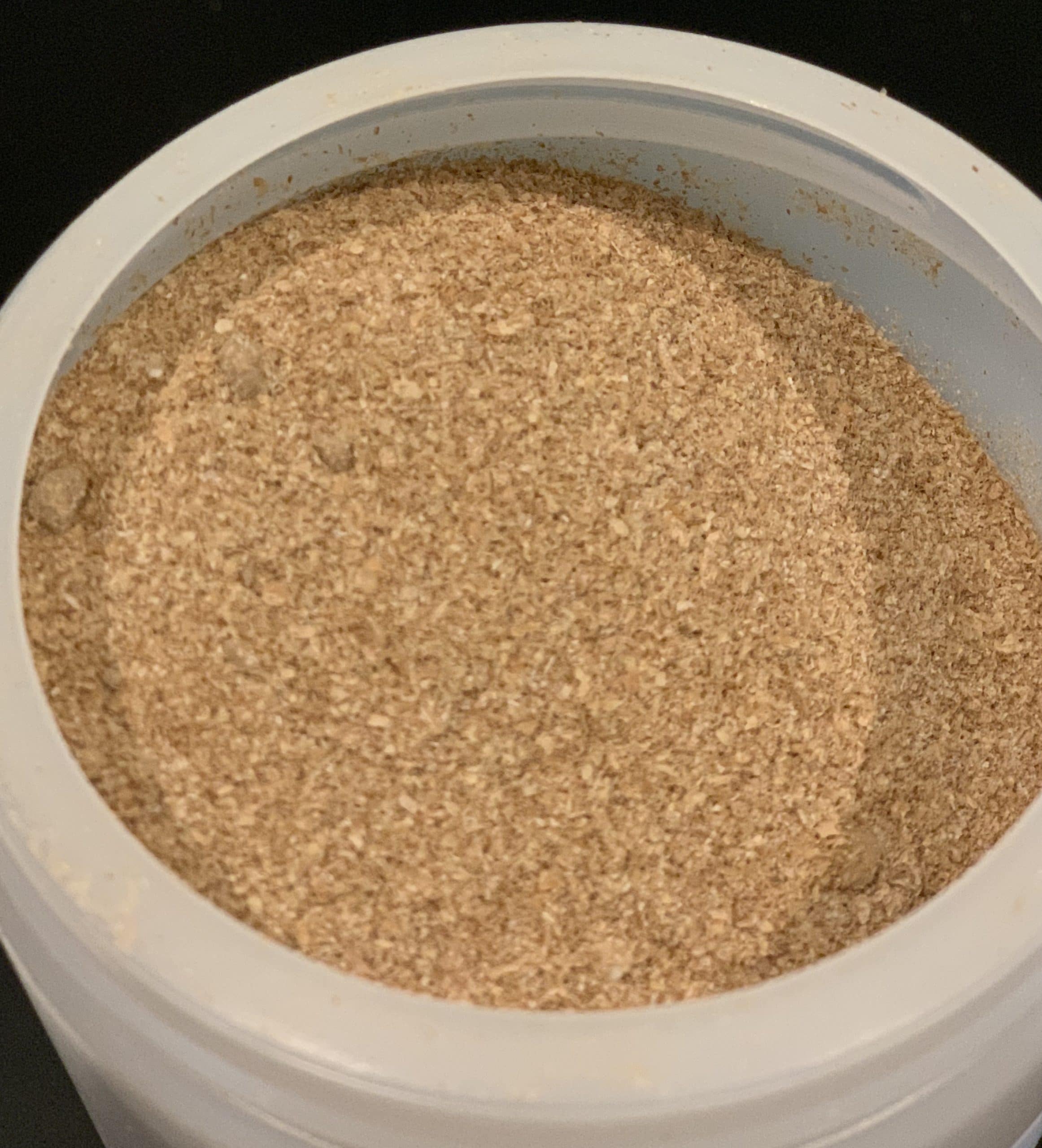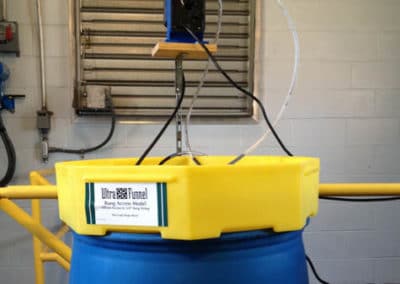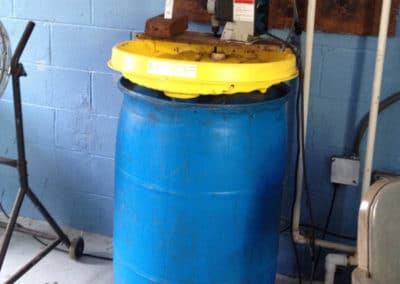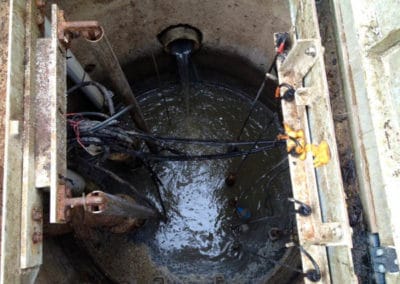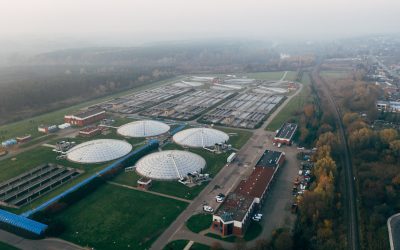CHM 203: Textile Use
CHM 203: Textile Use
A high potency, bacterialaden, powdered formulation for use in degrading many types of waste. CHM 203 contains a specially formulated blend of microorganisms, micro/macronutrients, fungi, and surface tension suppressants/penetrants, developed for use in bioaugmentation.
Because of the diversity of the microorganisms and proprietary enzyme systems, incorporated into this product, it is excellent for textile wastewater applications. The safe, naturally occurring bacteria are present in high numbers to handle difficult organic textile wastewater problems.
Advantages
- Greatly reduces labor time
- Reduces hydrogen Sulfide
- Cost effective/Easy to use
- No special equipment needed
- Breaks down fat & grease buildup
- Contains biomass dynamics
- Degrades a wide range of complex organics
- Enhances BOD/COD removal
- Reduces sludge buildup
- Contains facultative anaerobes
- Increases system efficiency
- Eliminates malodors at their source
- Contains no chemicals
Applications
- Waste water plants
- Lift stations
- Collection Systems
- Activated sludge
- Lagoons
- Waste sumps
- Oxidation ditches
- Holding tanks
- Drain lines
Degrades
- Fats, Oil & Grease
- Malodors
- Foaming
- Starches
- Animal Fats
- Surfactants / Soaps
- Proteins
- Triglycerides
- Chemicals
Packaging
CHM 203 is packaged in 25, 50, 100 and 400 pound drums and is also available in any size BioPouches.
BEC207 Technical Data
Typical Properties
| Appearance | light tan |
| Fragrance | mildearthy |
| Form | free flowing powder |
| pH | 6.8 8.5 Shelf |
| Life | 2 years from the date of manufacture |
| Flash Point | none |
Performance Properties
| Effective pH range | 5.2 9.5 |
| Effective Temperature Range | 35 – 130°F (2 – 55°C) |
| Bacterial Enzyme Production | Protease, Lipase, Amylase, Urease, Cellulose |
Storage and Handling
| Storage | Store in a cool, dry place |
| Handling | Wash hands thoroughly with warm, soapy water after handling |
Bacterial Count
| CHM203 | 5.2 Billion per gram |
Chemtech’s Microbial Products are the industry-leading odor control, bioaugmentation, solids degradation, and corrosion prevention solutions. For over 20 years, we are the trusted and preferred supplier for a wide range of industries worldwide, including food processing, wastewater treatment, paper and pulp, refinery, and agriculture.
Safe, Natural Product
Microbe Lift O/C formula is a safe, natural product derived from organic matter consisting of natural soil constituents, including humate salts, humic acids, lignin matter and extractions of highly humified organic matters – powerful components that capture odorous compounds and interrupt their corrosive reactions, and enhance biological activities for solids degradation, reducing Total suspended solids (TSS) and Biochemical oxygen demand (BOD) levels. A township in Pennsylvania was able to keep their water safe by using Microbe Life
Effective, Environmentally Friendly, & Economical Solution
In industrial and municipal wastewater and sewage treatment plants, pumping stations, septic tanks, and grease traps, Chemtech’s Microbial Products are an effective, environmentally friendly, and economical solution used for the digestion of fats, oils, and grease, as well as the control and reduction of a wide range of odorous compounds, including hydrogen sulfide, mercaptans and ammonia, and their resulting corrosive effects.
What's in our product?
Improves Efficiency
Safe for Personnel to handle
Choose A Product That Best Fits
Your Wastewater Application
| PRODUCT | LIFT STATIONS | TREATMENT PLANTS | GREASE TRAPS | PONDS & LAGOONS |
|---|---|---|---|---|
| CHM-201 | X | X | - | - |
| CHM-200 | X | X | - | - |
| CHM-205 | X | X | - | - |
| CHM-207 | X | X | - | - |
| POND CLEAR | - | - | - | X |
| BIO BLOCK | X | - | X | - |
| SP7-BDO-10X | - | - | X | - |
View Our Product Photos
Get a Custom Quote
Fill out the form below.
6 Cheapest Wastewater Treatment Technologies
It’s natural to look for the cheapest wastewater treatment methods. While treatment is vital, you also have a budget to consider, so you need to think about how you can reduce the cost of your operations. Read on to learn more about how this can be achieved.
Wastewater Treatment Using Bacteria: What, Why, and How
Wastewater treatment is crucial across the country, providing residential communities and commercial operations with the services they need to function at their best. But what’s the role of bacteria in all of this? Bacteria wastewater treatment is making a real difference at facilities of all sizes.
All About Odor Control in Wastewater Treatment
Wastewater treatment odor control is about far more than keeping bad smells at bay. It’s about ensuring that local communities and nearby ecosystems are kept safe from toxic emissions, as well as giving onsite personnel a safe and pleasant place to work. This means it’s a crucial consideration.
